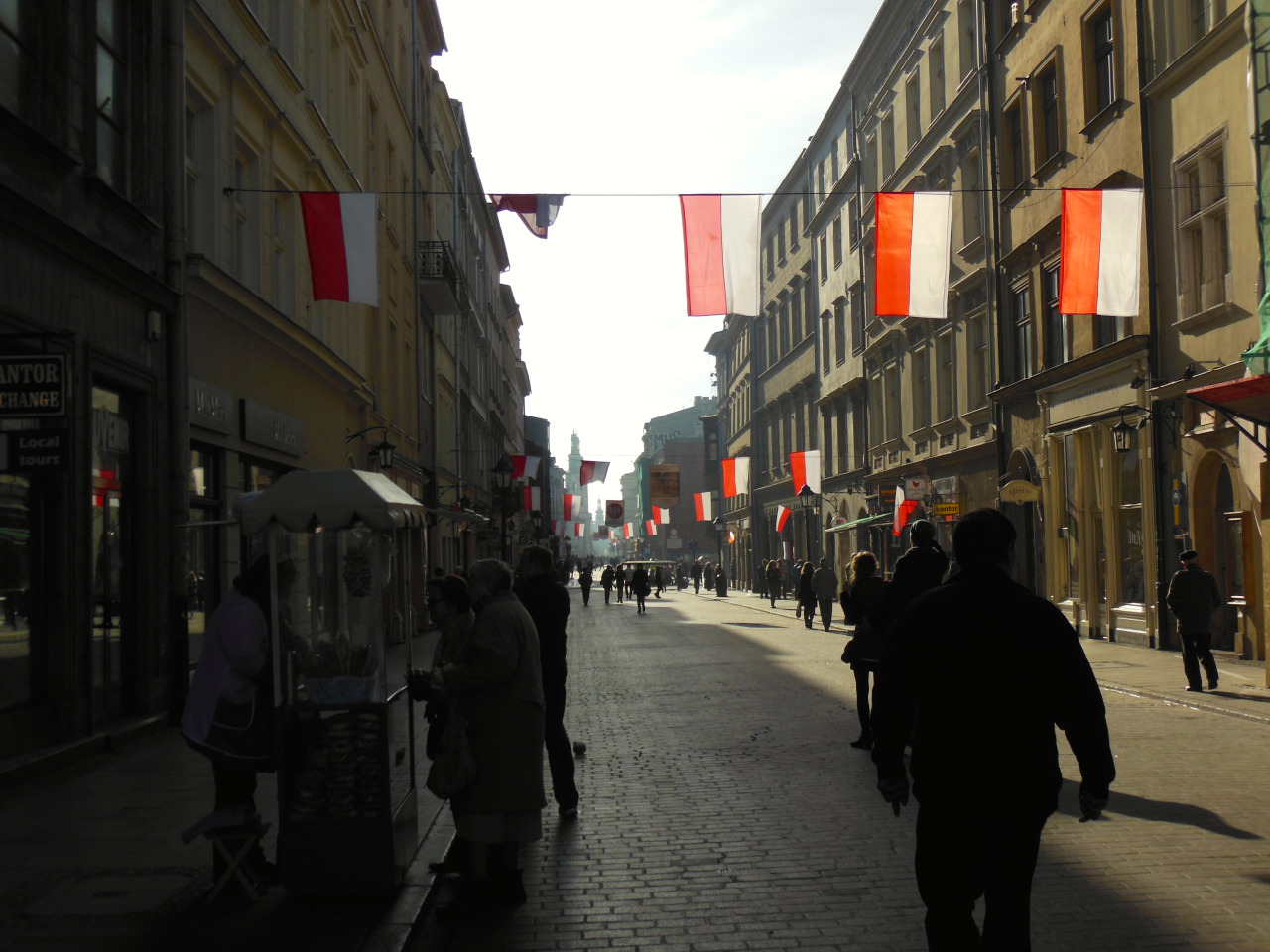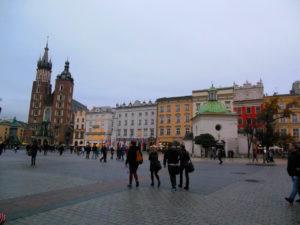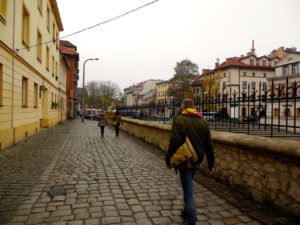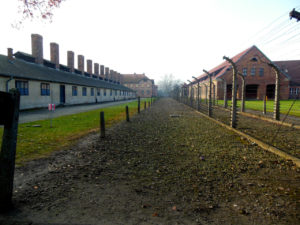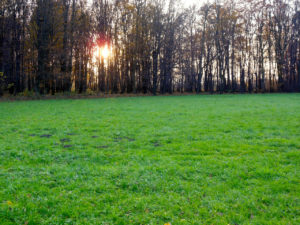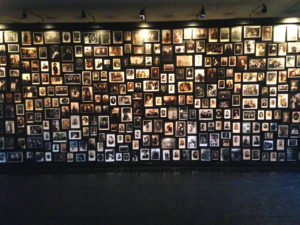I’ve been to Poland once before, back in 2014. I went on a class trip that visited Krakow, which was a really fascinating experience. After that, I’ve wanted to return and explore more of Poland, and especially Warsaw. Because the Croatia birthday party and meeting my parents were both set dates, I found myself with a couple days in between to make my way from Split to Rome, and the flights worked out for me to stop over in Warsaw!

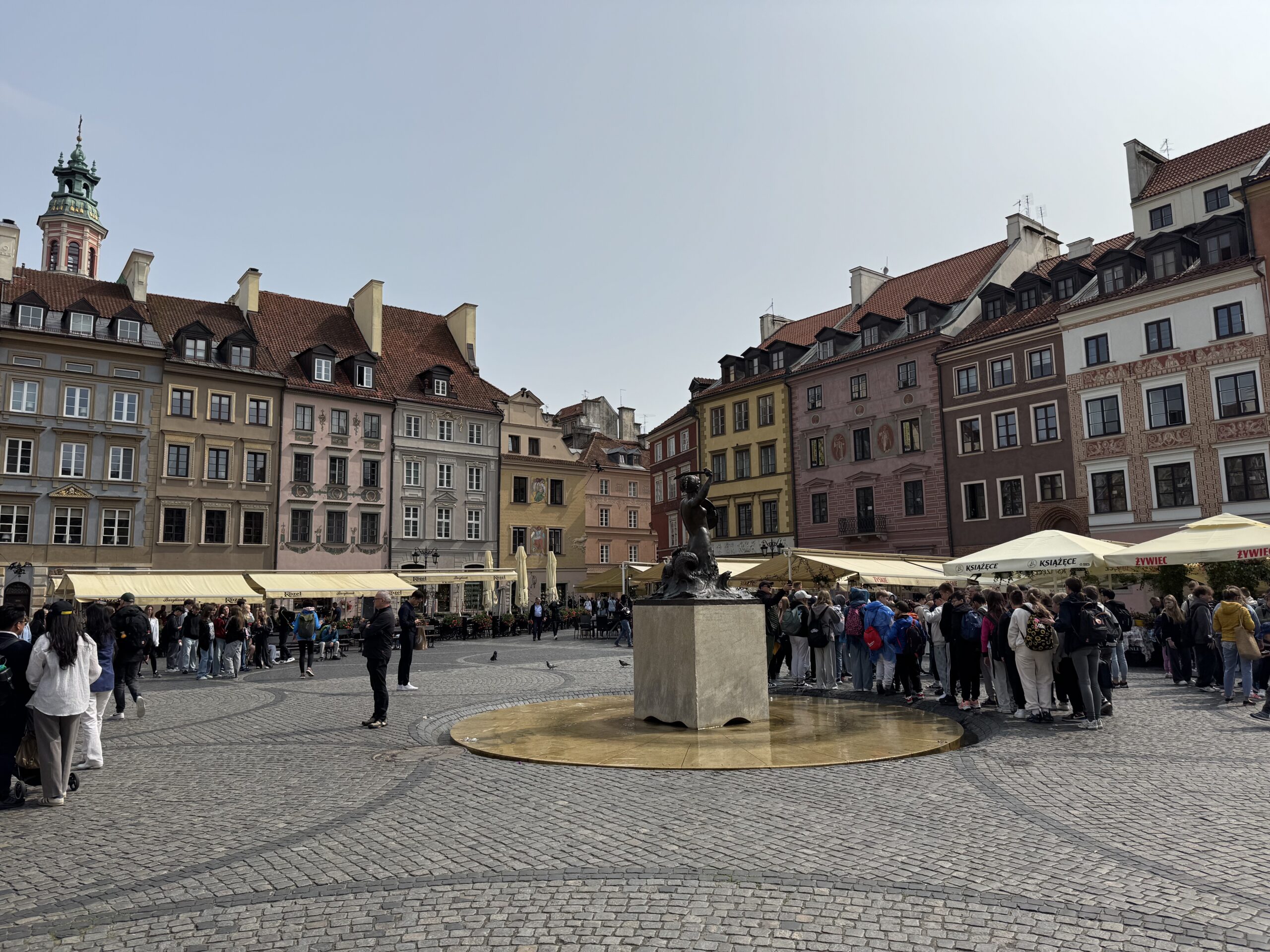
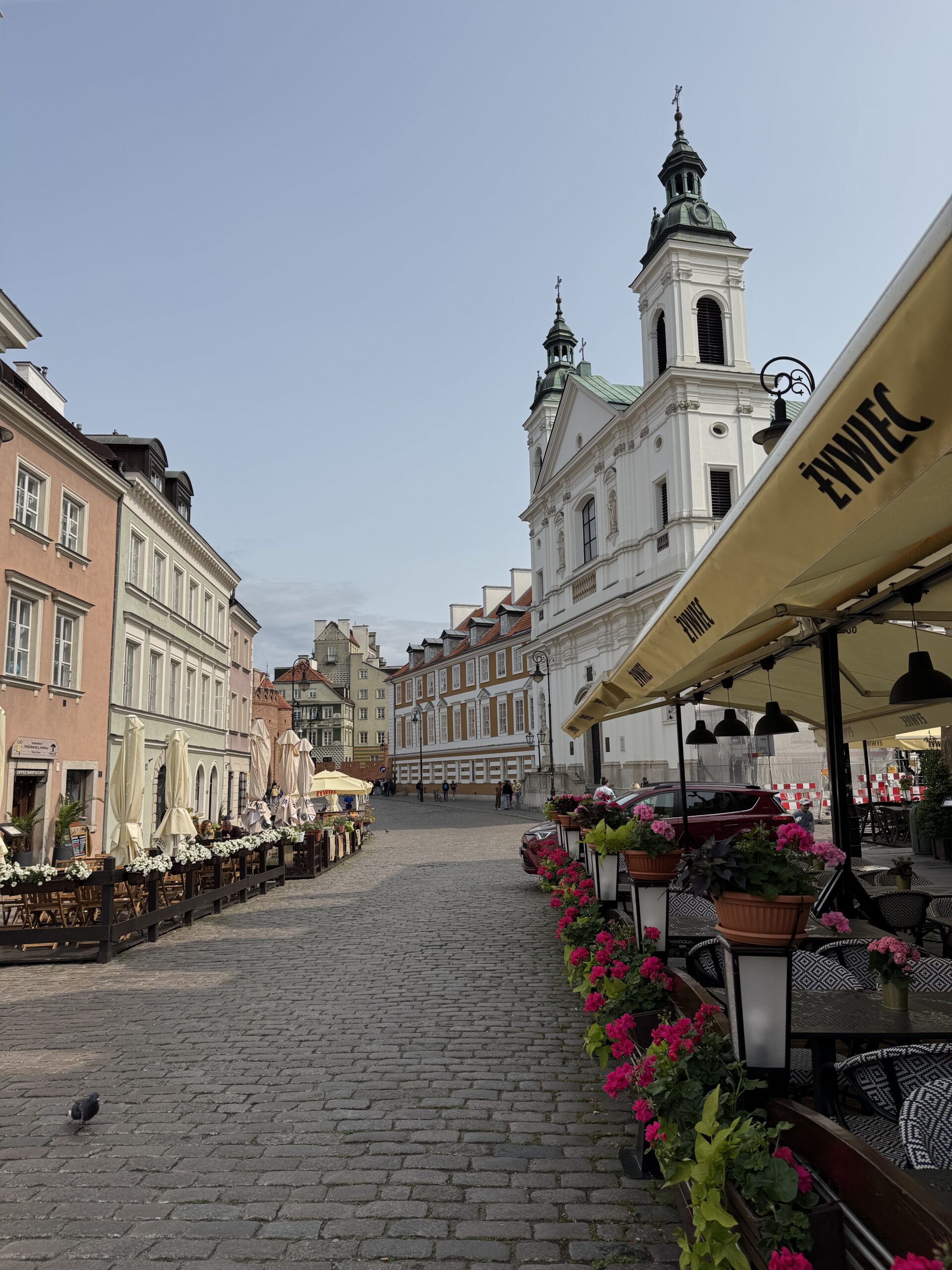
I find their “new” Old Town to be very interesting – their original Old Town and the castle were razed to the ground in WW2 and so they rebuilt it to replicate it exactly. What’s funny is that if you didn’t know this in advance, there’s nothing obvious about their Old Town that would indicate that it was redone in the 1950s. They did a spectacular job making it look just as it must have before WW2. It matches a lot of places that you would see in cities across Central Europe.
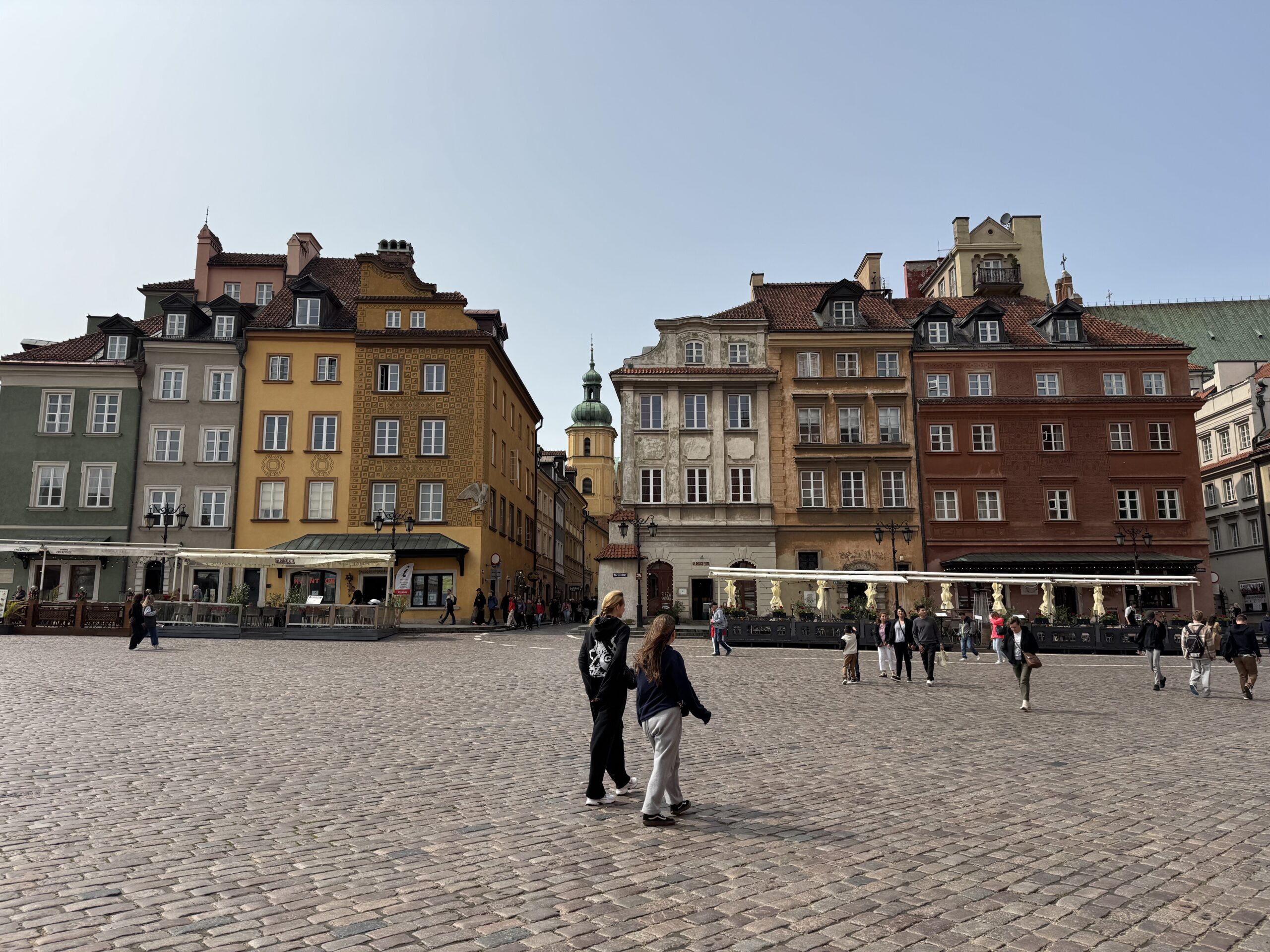
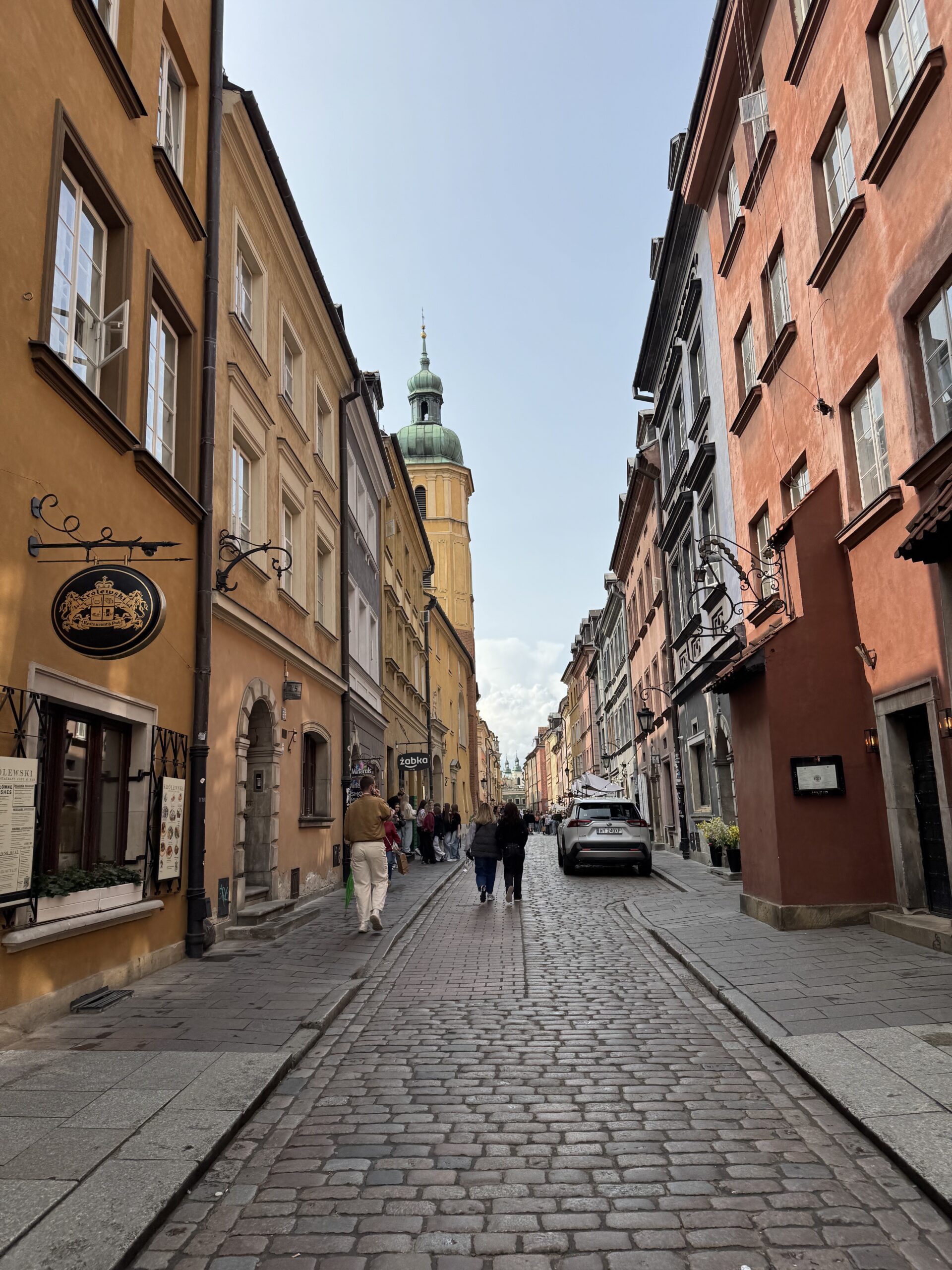
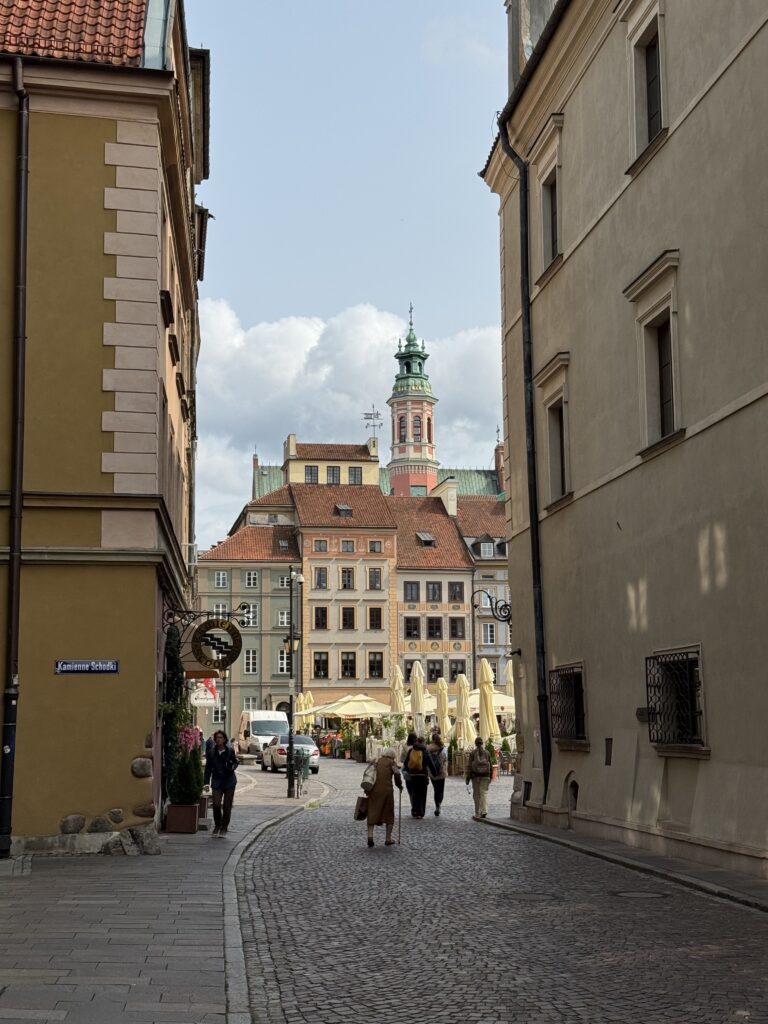
To be honest, I didn’t do much in the way of “tourist” things in Warsaw. I went to cafés and wandered around, and I ate pierogis as often as I could. They’re so good there!

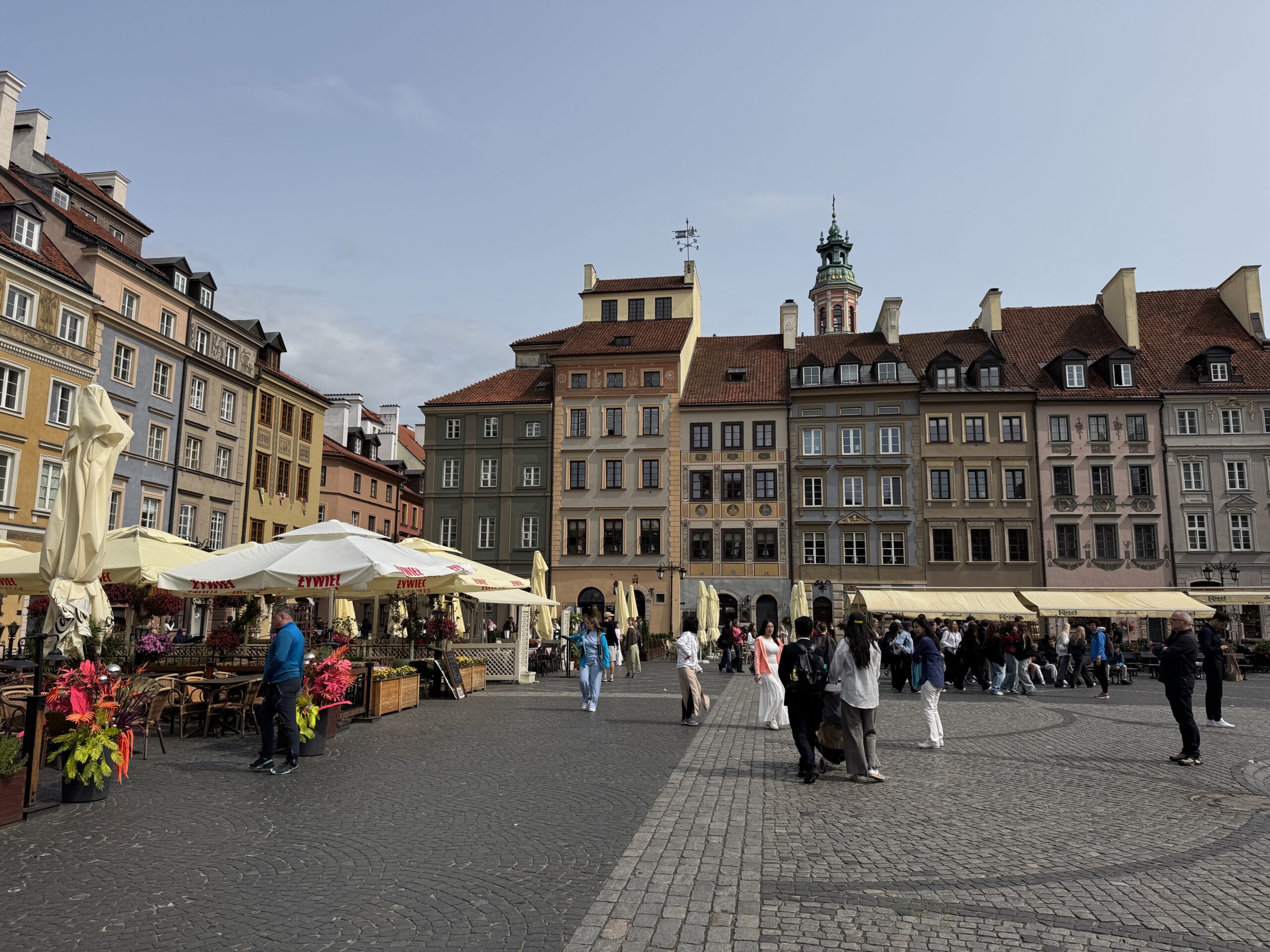
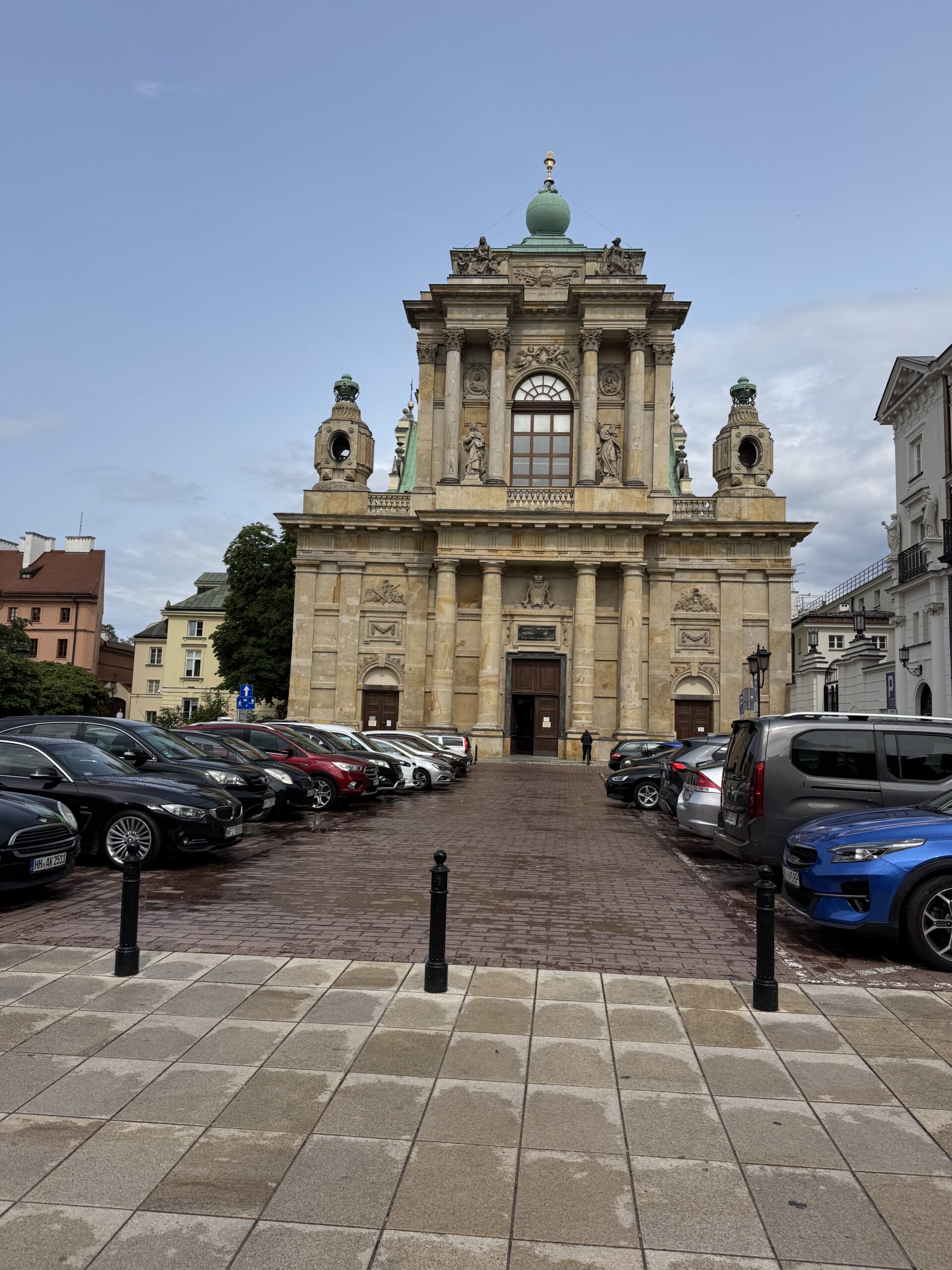
I did also make sure I went to go see the Palace of Culture and Science, which is another one of the most fascinating parts of Warsaw in my opinion. When it was completed in 1955, it was the eighth tallest building in the world, and it is really impressive with its art deco vibes.
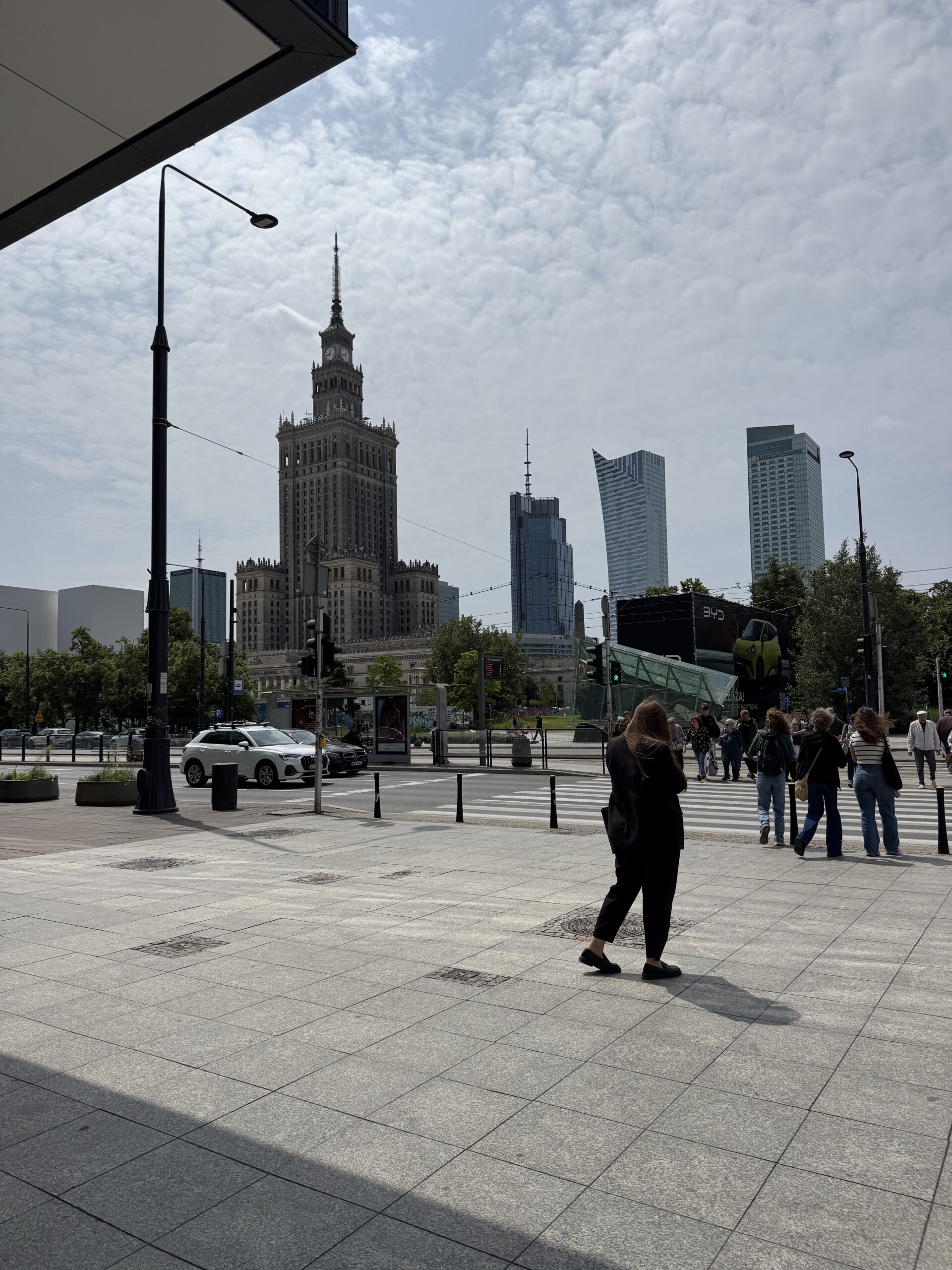
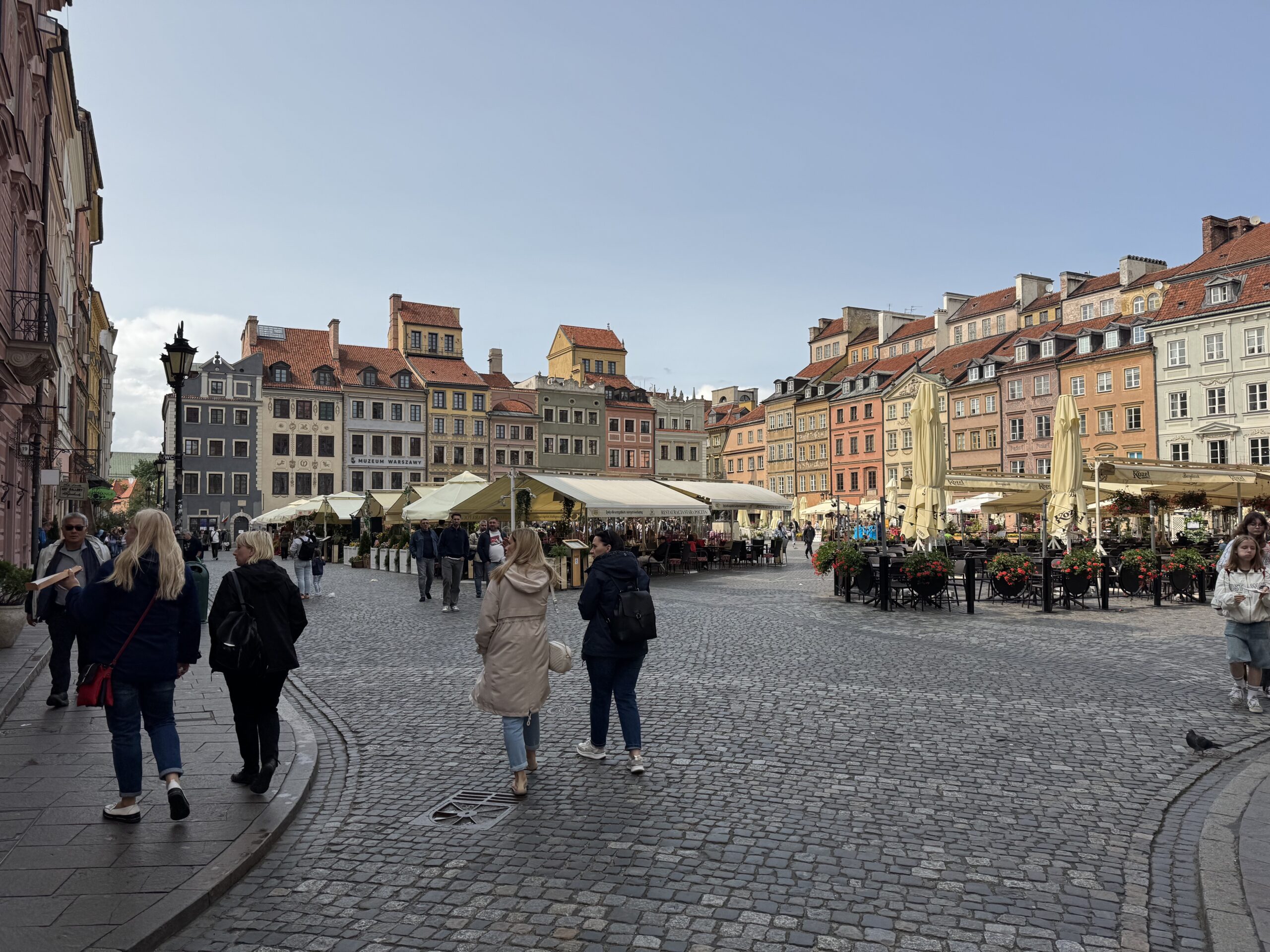
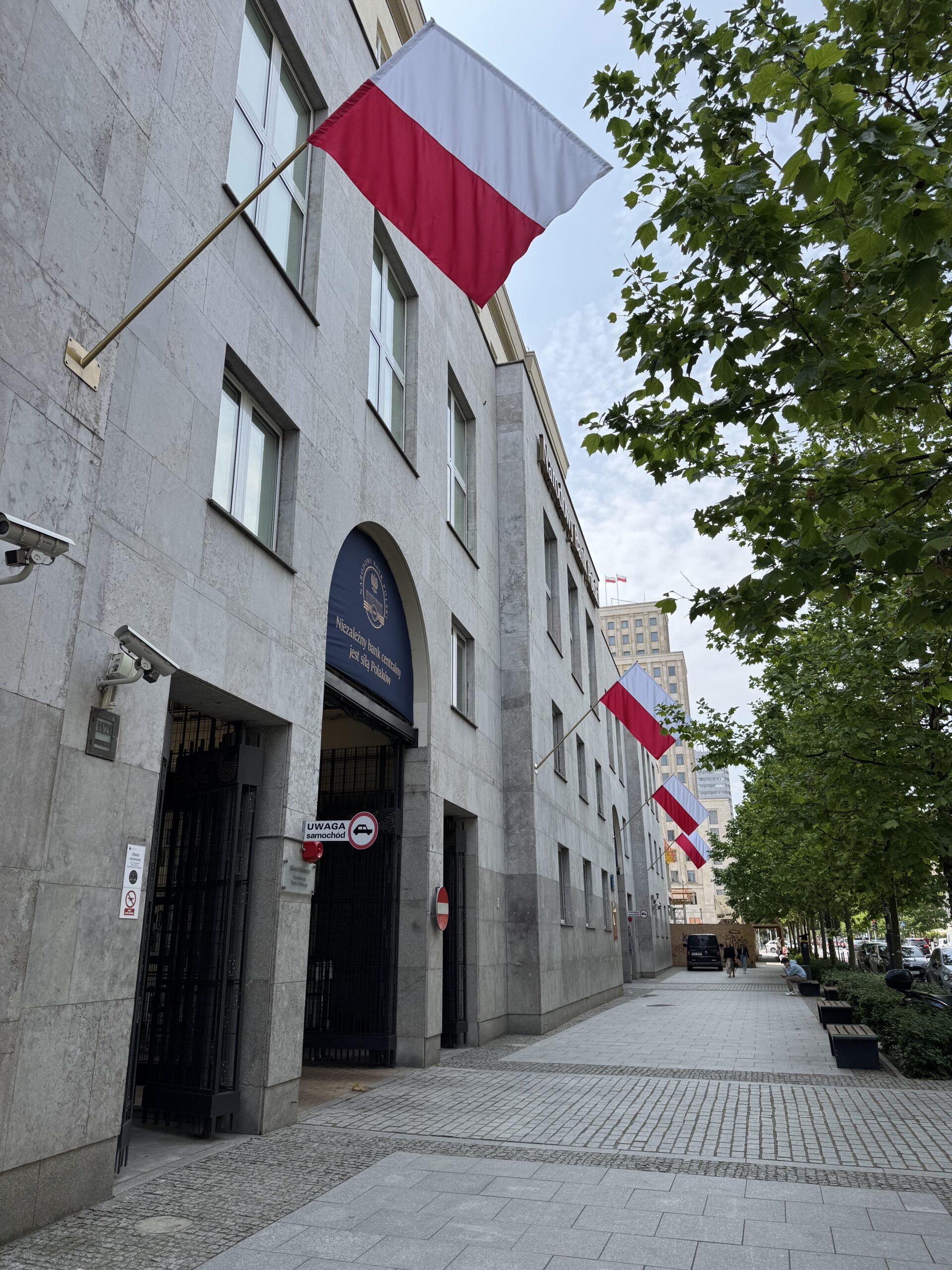
The Palace of Culture and Science was a gift from the Soviet Union and was formally dedicated to Joseph Stalin. When I was reading the Wikipedia about it to make sure I didn’t miss any important points about it, I found a delightful anecdote on how they decided on the height of the building. They apparently decided that they needed to properly visualize it, so they sent a small airplane that was towing a balloon to fly over the city, and then the architects kept telling the plane to fly higher. It was finally set at 778 ft / 237 m high.

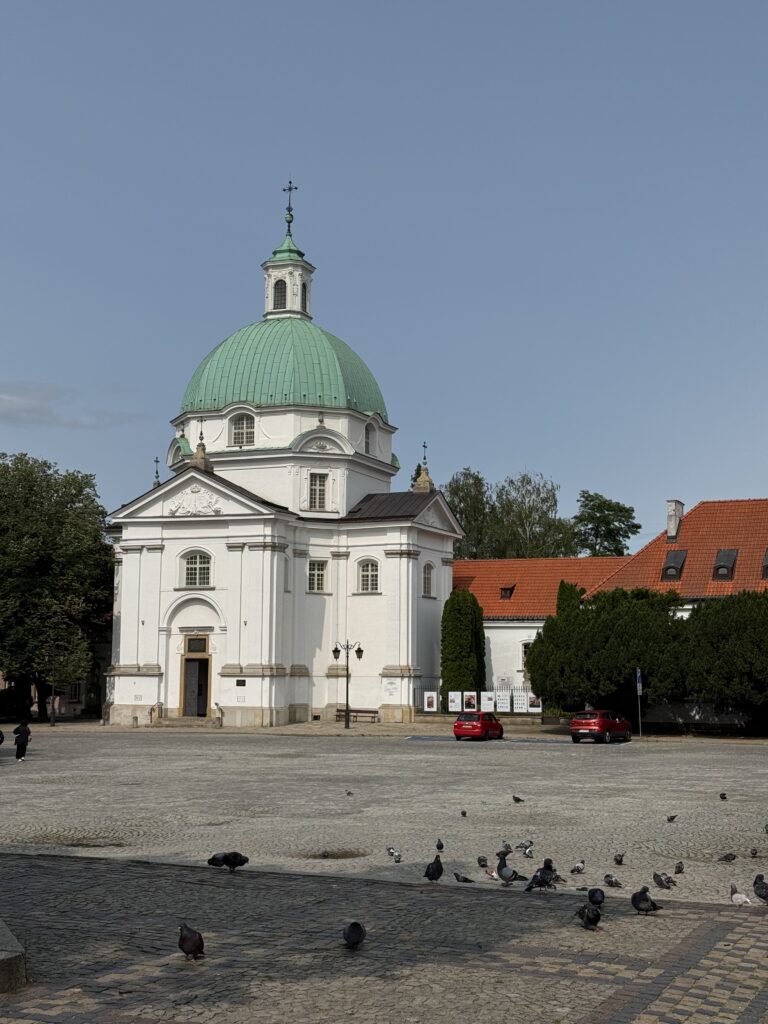

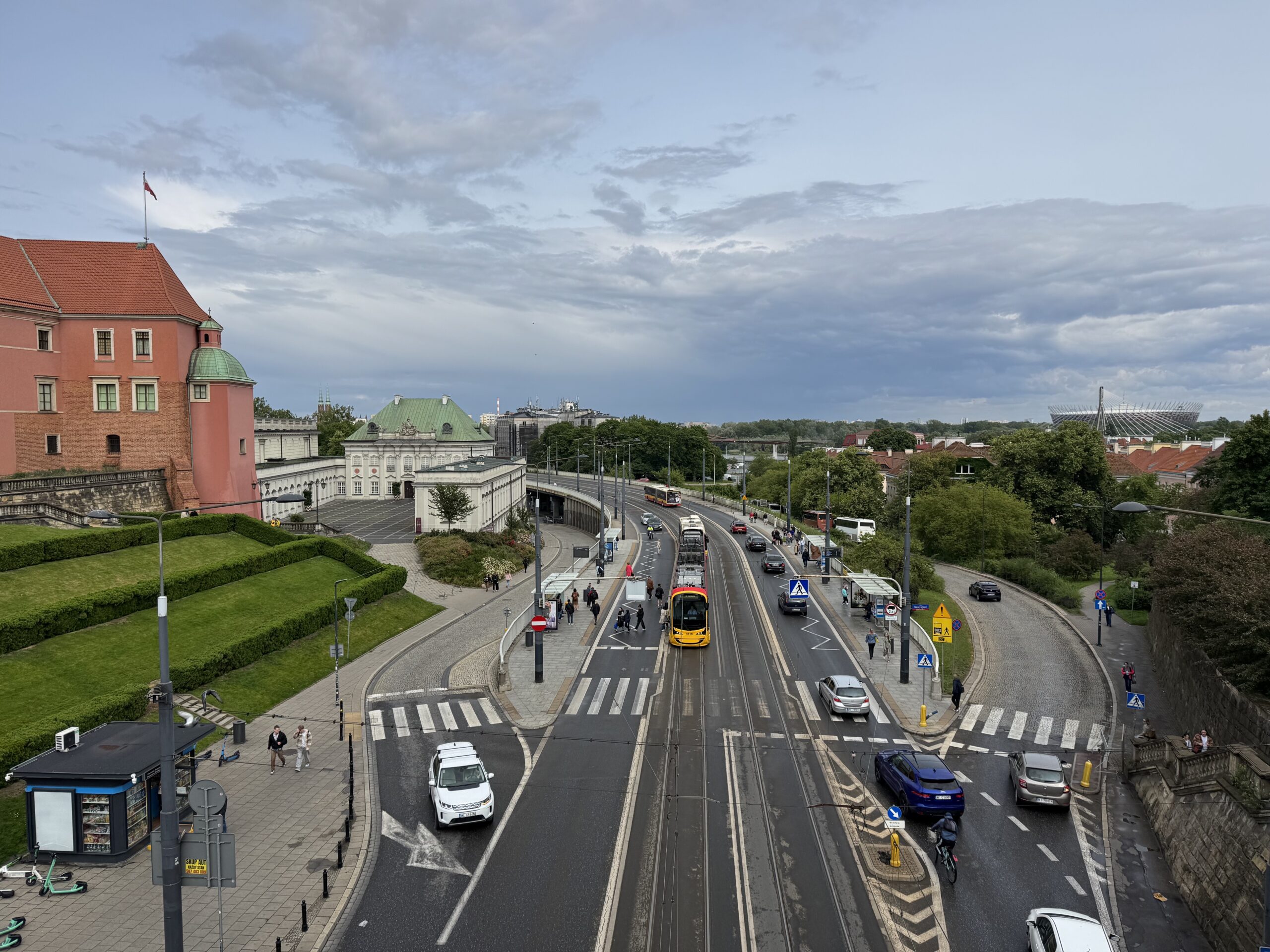
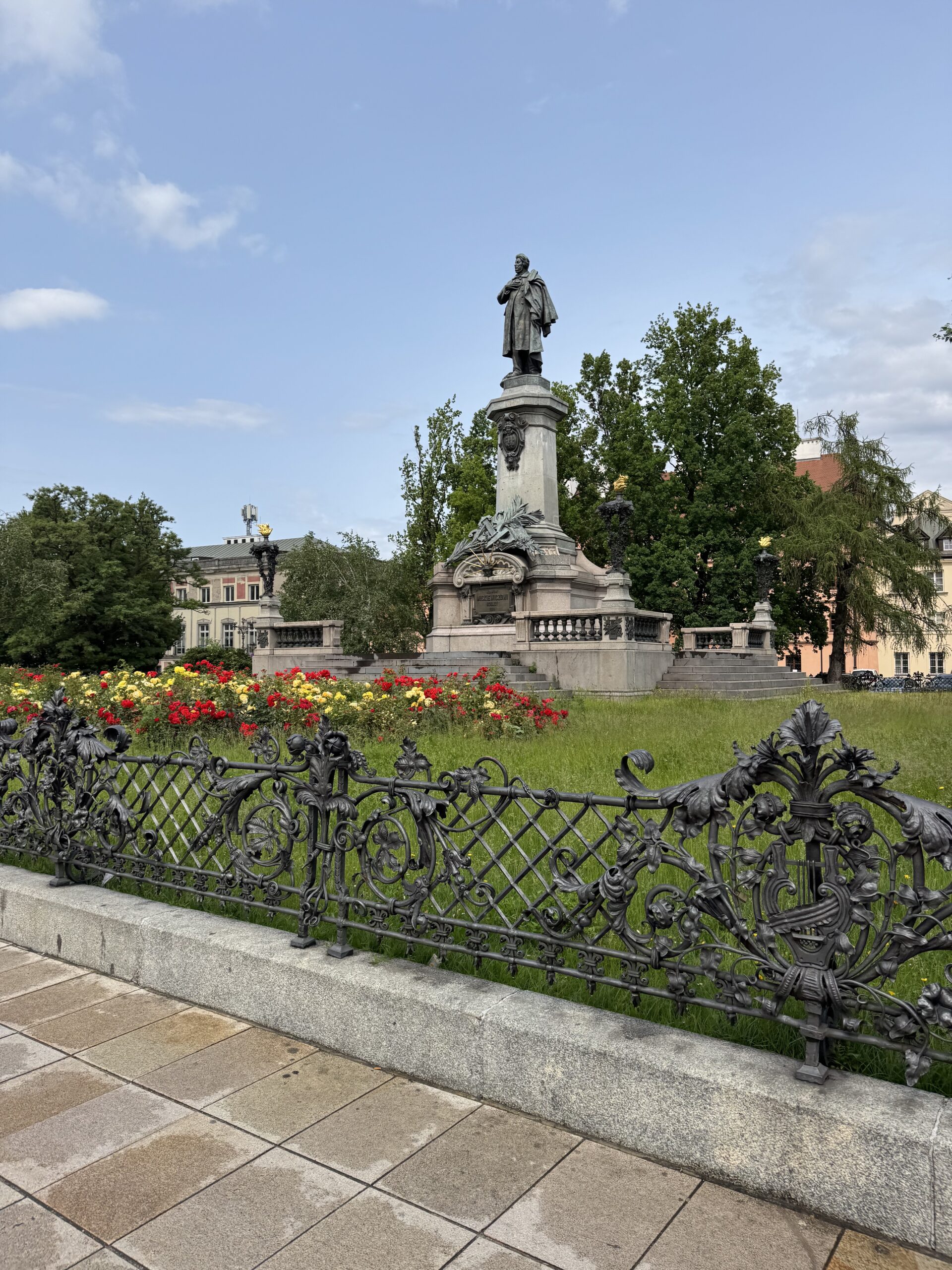
All in all, I had a very nice time in Warsaw! I think Poland is underrated – while it isn’t my top country in Europe, I think people often forget about it when they’re planning and it does have a lot to offer. I had a great experience in both Krakow and Warsaw and I look forward to eventually returning for the smaller cities and towns as well!

